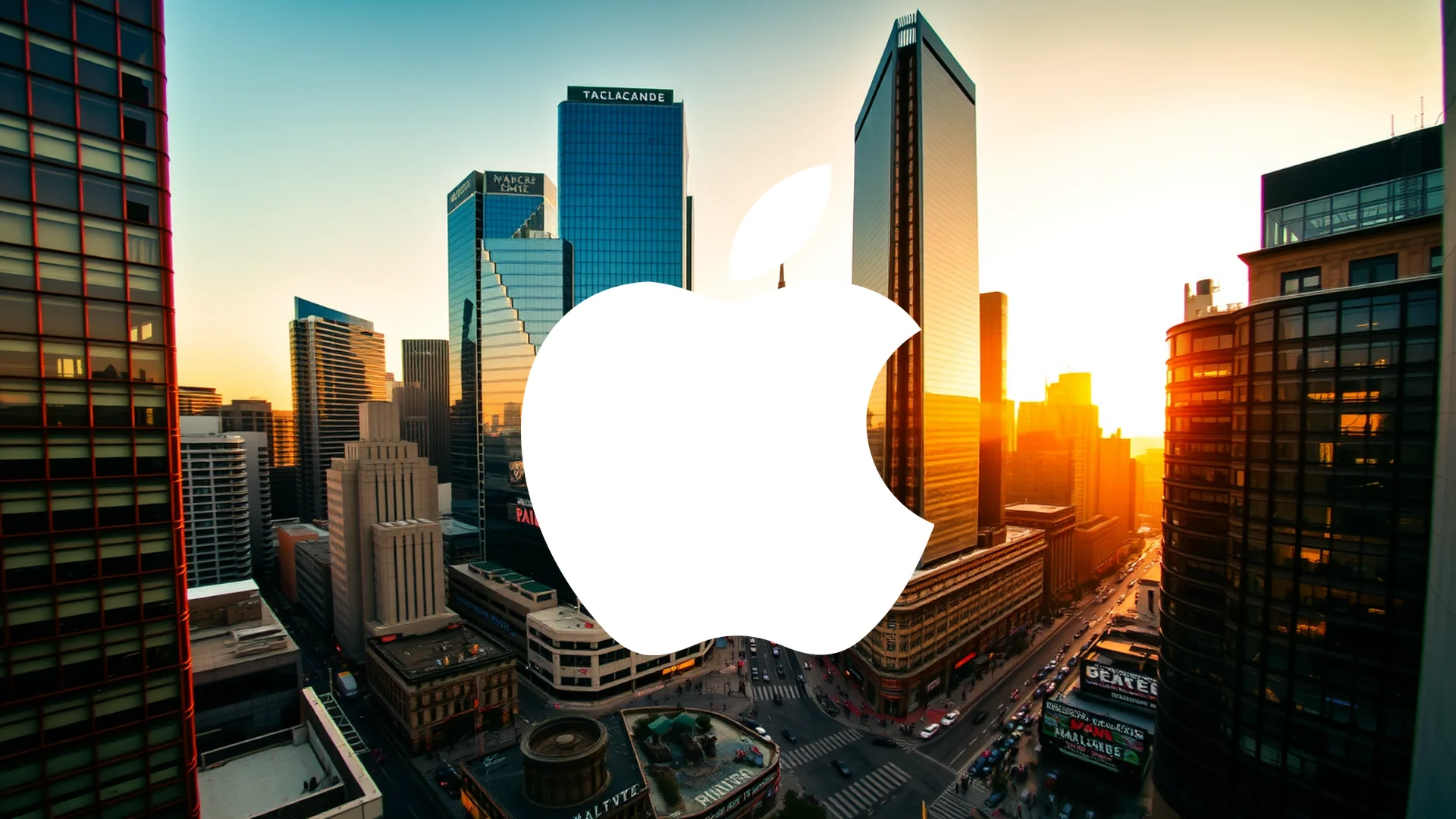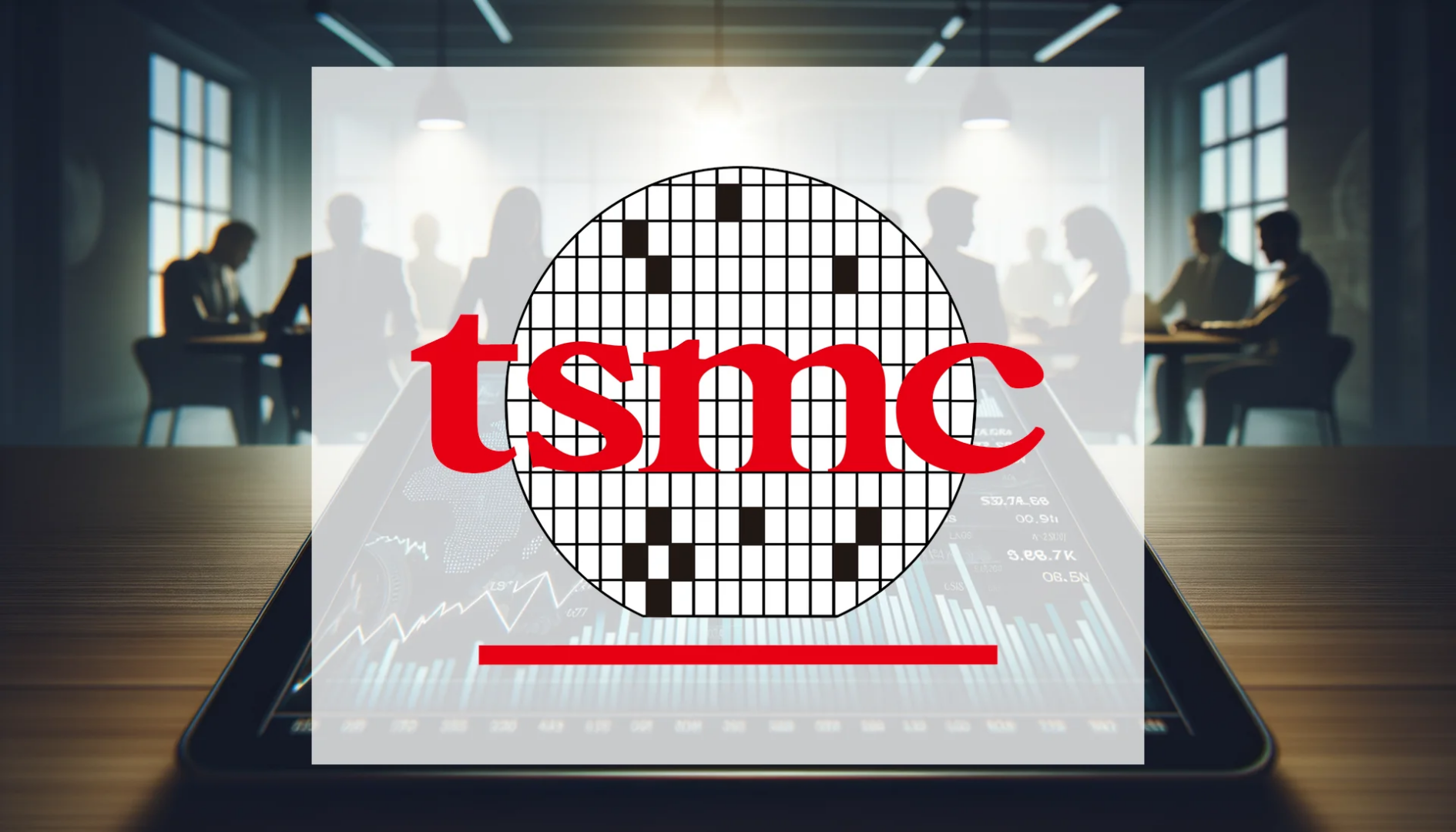A stark divide has emerged among market experts regarding Apple’s investment prospects, with Jefferies delivering a surprisingly bearish assessment that contrasts sharply with more optimistic views from other financial institutions. The technology behemoth finds itself at the center of a heated debate about its future growth trajectory.
Conflicting Forecasts Create Market Uncertainty
On October 3, 2025, Jefferies made a significant adjustment to its Apple position, downgrading the company from “Hold” to “Underperform.” The investment firm set a price target of $205.16 per share, representing a potential decline exceeding 20% from current trading levels around $258. This pessimistic stance positions Apple as the least favored component among the “Magnificent Seven” technology stocks, with Tesla being the only exception.
Market strategist Edison Lee of Jefferies expressed concerns about inflated expectations surrounding the upcoming iPhone 18 lineup and foldable device. According to his analysis, recent demand improvements for the iPhone 17—driven primarily by price reductions and enhanced trade-in programs—have already been fully reflected in the current share valuation.
Growth Projections Paint Mixed Picture
Jefferies anticipates a substantial slowdown in iPhone shipment growth over the coming years:
– 2025: 7 percent growth expected
– 2026: Merely 1 percent increase projected
– 2027: An actual decline of 1 percent forecasted
The financial institution remains particularly skeptical about Apple’s rumored foldable iPhone, questioning its market acceptance given estimated annual sales of just 12.5 million units and a potential $2,000 price point.
Should investors sell immediately? Or is it worth buying Apple?
Bullish Counterarguments Emerge
While Jefferies predicts a downward trajectory, Morgan Stanley presented a completely opposing view just one day earlier. The firm raised its price target to $298 and forecasts 2026 iPhone shipments reaching 243 million units. In a more optimistic scenario, shipments could potentially climb to 270 million units if foldable iPhone models and Apple Intelligence features accelerate consumer adoption rates.
This extreme divergence in professional analysis highlights the current uncertainty about which developmental phase Apple currently occupies. Has the company reached its innovation peak, or is it positioned for another significant growth surge?
Business Model Sustainability Questions
Jefferies has raised concerns about potential margin compression if Apple continues pursuing aggressive pricing strategies without corresponding breakthrough innovations. The current replacement cycle dynamics might prove unsustainable without substantial new features that drive consumer upgrades.
Despite these warnings, market reaction remained muted following the downgrade. Apple shares continue trading near their 52-week highs, with approximately 57 percent of analysts maintaining buy recommendations.
The battle for accurately assessing Apple’s future direction continues to intensify, with upcoming quarterly results expected to reveal which analytical perspective better predicted the company’s trajectory.
Ad
Apple Stock: Buy or Sell?! New Apple Analysis from November 20 delivers the answer:
The latest Apple figures speak for themselves: Urgent action needed for Apple investors. Is it worth buying or should you sell? Find out what to do now in the current free analysis from November 20.
Apple: Buy or sell? Read more here...











